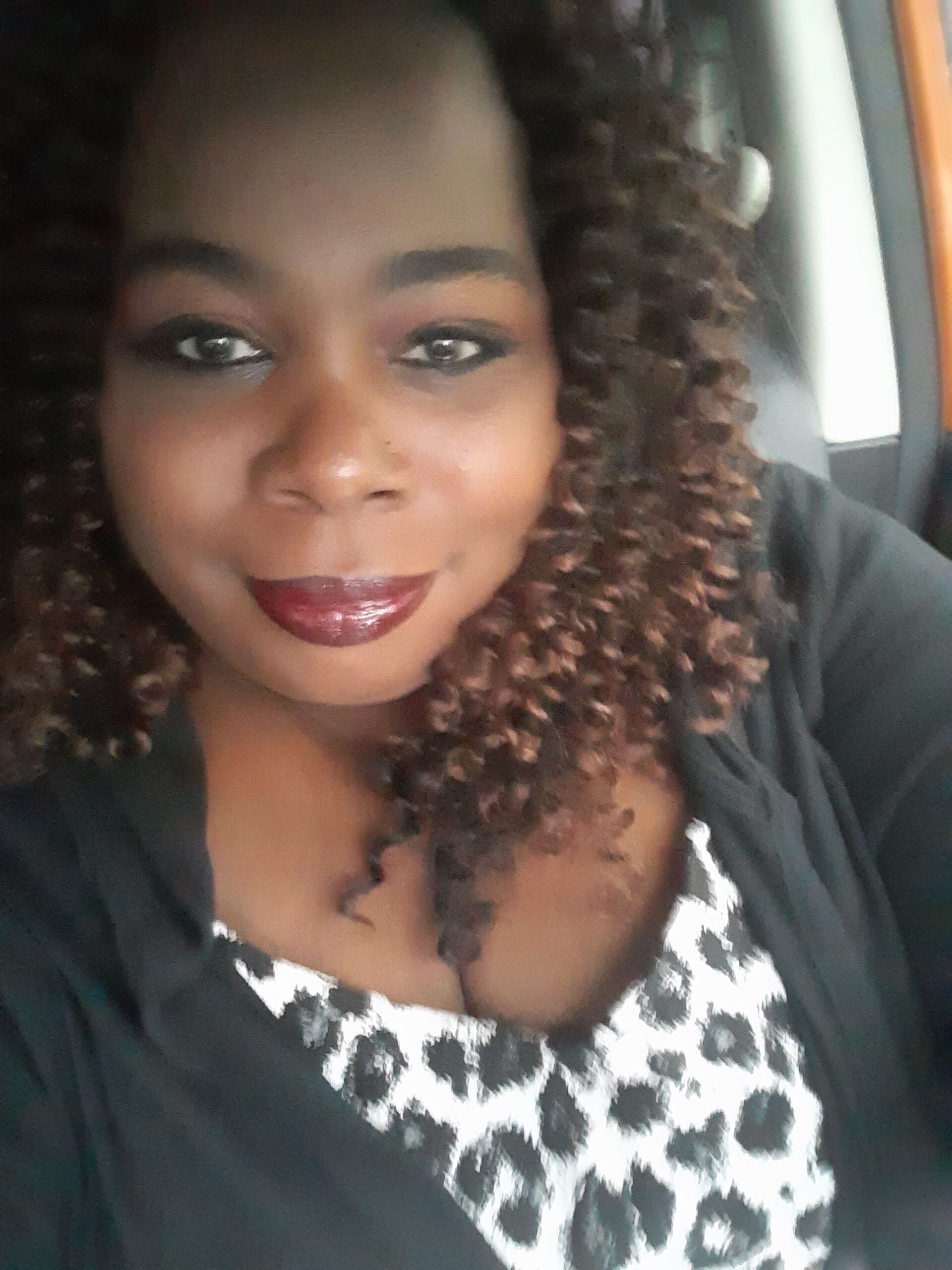Interview with YuVonne Bailey-Navarrette
- Where do you see the degree programs going in the next 3-5 years?

We are currently launching an AAS-T that has been accepted by 3 BA programs, Homeland Security and Emergency Management, Fire Service Leadership and Management, and Paramedicine. By developing this AAS-T students will have the ability to transfer between colleges and continue their course of study in their chosen fields. Now that that hard work is done we can again focus on bringing our advanced training programs to Pierce College and its military and rural partners.
- Technology – how has technology changed the way you teach, and what are the challenges?
We are fortunate that engineers are constantly updating devices to improve patient care. With our instructional team and Advisory board working out in the field, we are able to bring to our students the training on devices they use when in ambulances, fire houses, or hospitals. We teach “national standards” so any specialty devices they will learn on the job. The challenge comes with funding and to replace outdated equipment, careful planning and grants help in this area.
- Online classes: how do you make them effective, so students retain and understand learnings (e.g., applied learning)?
There is online classes and online interactive instructional classes and we used the latter. We had daily interactive instruction with our students and met with them weekly for laboratory instruction. During the interactive instruction student participation was mandatory and demonstrations and various multimedia was used to demonstrate techniques to students. Students got creative using teddy bears and siblings to practice on. We met with our students and taught them how to use their equipment the first day and the weekly labs reinforced learning. We divided our labs into smaller sessions to provide more hands on and individual instruction. We did not see a drop in numbers or success in passing NREMT and maintain success above the national average.
- How will EMS professionals need to change/adapt to address future concerns, especially with issues like COVID-19?
The EMS field already has/had proper “Standard Precaution” practices and has had to make adjustments as needed, such as increasing the level of PPE worn on suspected/confirmed COVID cases. COVID-19 is just another health concern and in the EMS field we are always looking forward to address the future. I believe our EMS community will adapt and overcome as we always have.
- Do you see more diversity in student enrollment?
I smile as I answer this question because diversity is a buzz word for this time. In our EMS world it means so much more than the obvious. Myself being an African American, German born, Military Brat that also was a single mother and am a Lesbian, I would say yes. Shows on TV that have diverse staff, deliberate interactions and open mindset have opened the minds of potential students that EMS is not a closed field. Our staff take pride in learning and developing our own intercultural practices so that our students learn to be aware EMS personal. Our student body has become a beautiful rainbow of people from various cultures, economic statuses, and educational backgrounds. Employers have recognized this by “word of mouth” and by experiencing our student’s productivity in the field and recruit out of our classes quarterly. EMS employers are also offering tuition and internship incentives that bridge the costly gap that is a barrier to entry into the EMS field.
- How do you foresee the EMS field evolving?
Respect. One of the things that events like 9/11 and COVID-19 did was open the eyes of local communities to how valuable the EMS community is. The direct contact between hospital and EMS care providers has led to the advent of Community Para Medicine and I see that evolving and maturing on its own in the next few years. EMS departments are valuing education and more hospital personal are attending EMS education so that there can be less of a divide and more understanding. The best patient care is what everyone wants and that is all systems working together. Community Para Medicine appears to be a proactive approach to preventing our fire departments, private ambulance companies, and emergency rooms from getting overwhelmed with ongoing care needs of our underserved.
Also, would it be possible to include a short bio and picture of the EMS Program Manager in the new magazine?

